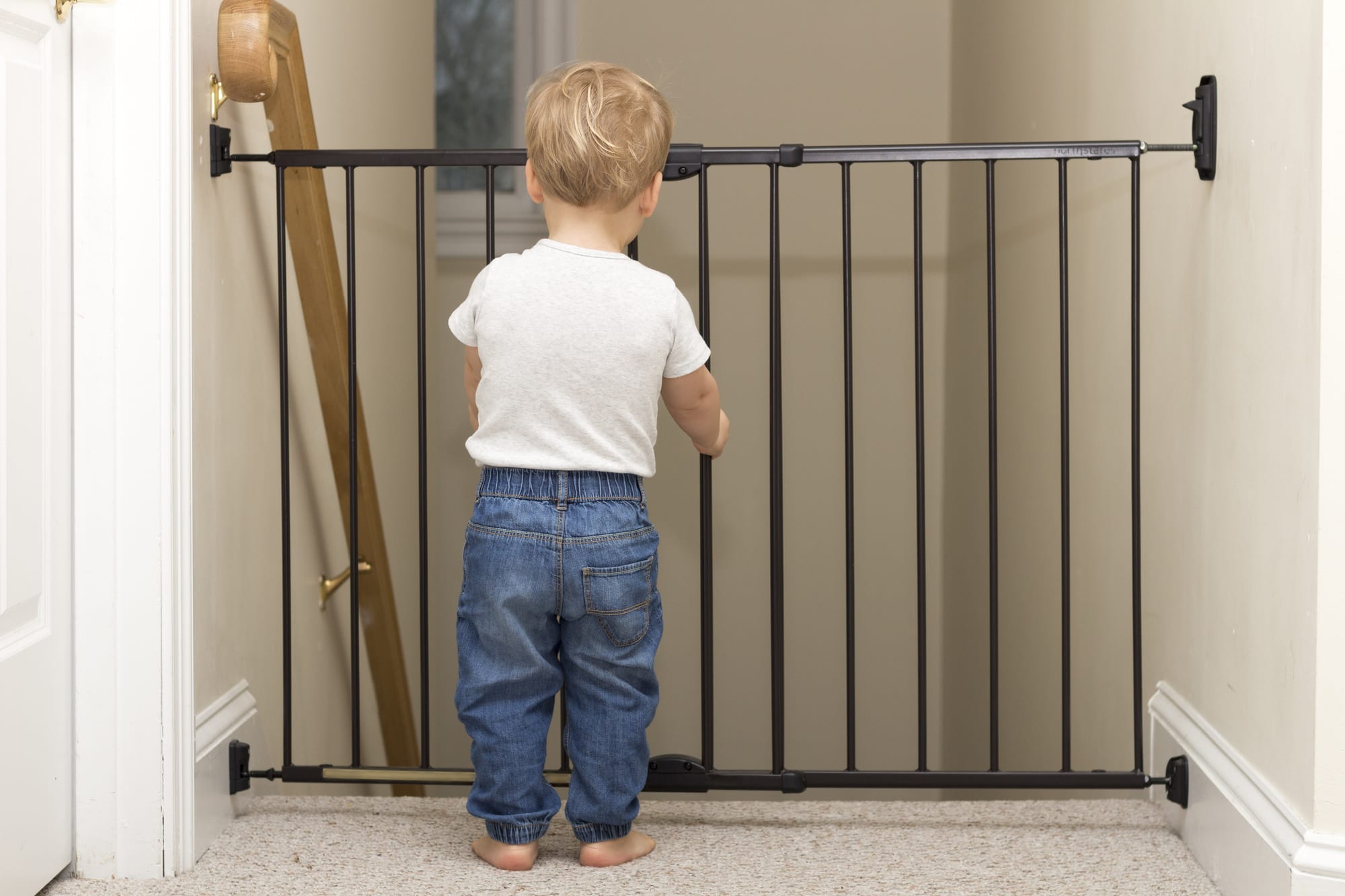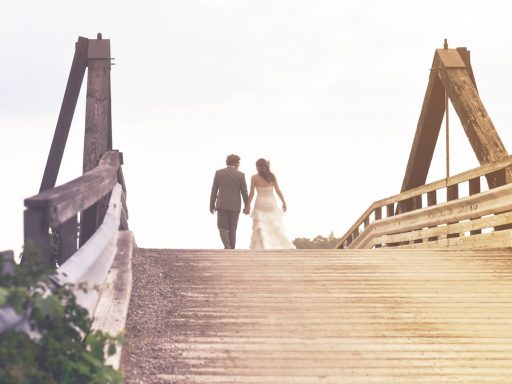Becoming a new parent can be scary and especially if this is your first kid, you might not know how to baby proof your house. Luckily this article is going to give you 5 tips on how to baby proof your house before your child is born so they are as safe as possible when coming home.
Before changing your house with these 5 tips, you should remember to start baby-proofing around 3 months before your baby’s due date to have all the time to check every box and ensure your baby has a safe environment to come home to and everything, such as your crib or baby swing, are in their proper places.
How to Baby Proof Your House
When having a newborn, it’s better to be ready for any emergency that may occur. For that reason, it’s important to have a fire extinguisher on both floors of your house. Also, be sure to have smoke detectors and carbon monoxide detectors installed on both floors.
Having a baby outlet cover on every outlet is a must so when your baby’s crawling around they don’t accidentally electrocute themselves. Another must-have is caps on every doorknob so they aren’t getting into rooms and potentially lead to an accident.
1. Checking Your Water Temperature
To make sure bath time is safe for your newborn, and check the water temperature on your hot-water heater. The minimum setting should be at 120 degrees so there are no mishaps during their bath and they won’t get burned from the temperature of the water.
Studies show that 2 deaths every day from kids under 16 deaths are caused by burn injuries and 300 every day are admitted to the hospital to be treated for burns. Please don’t overlook this step and keep your child safe.
2. Put Gates at Your Stairs
One of the most important steps to baby-proofing your house is putting two gates at the bottom and top of your stairs. Or if you have a door leading to your stairs to always keep it locked so your baby doesn’t fall down and hurt themselves.
3. Crib Safety
First check where your baby is going to be spending a lot of time, their crib. A new crib usually will meet the current safety standards, but older hand-me-downs might need some adjusting.
Be sure to check that the bars of the crib are at least 2 3/8 inches apart. Also, it’s smart to leave out the pillows, blankets, and stuffed animals until your baby is at least 6 months old because they could suffocate on them.
While laying the baby downing always lay them on their backs to avoid sudden infant death syndrome (SIDS).
4. A Baby-Proofed Nursery
For a fully baby-proofed nursery, you should check all these things off your list. First, Try to out down carpet flooring or fluffy rugs to soften the blow in case of falling.
Try to buy baby safe toy boxes like ones without lids so their heads won’t get stuck inside.
5. Learning How to Baby Proof Your House
If all these tasks are checked off your baby-proofing checklist before your delivery date, your home should be a safe place for your baby! Good job learning how to baby proof your house!
For more information, you can visit us here.







